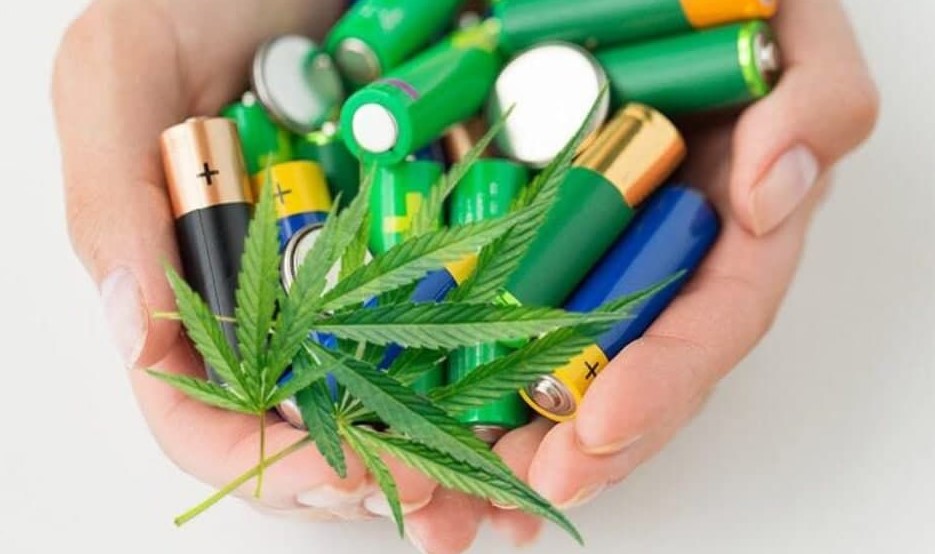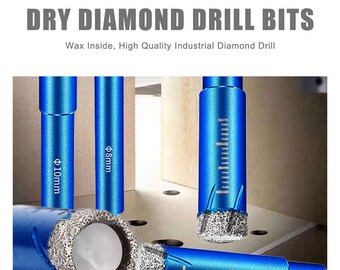Hemp batteries are a type of renewable energy storage device that is made using hemp fibers. Hemp is a type of cannabis plant that is grown specifically for industrial purposes, and it is known for its strength and durability. The fibers of the hemp plant can be used to make a variety of products, including paper, textiles, and bioplastics.
Hemp batteries are made by combining hemp fibers with a conductive material, such as carbon or metal, to create a battery anode. The anode is then paired with a cathode, typically made of lithium or another metal, to create a complete battery cell. The hemp fibers provide structural support and conductivity, while the cathode material stores and releases the electrical charge.

Hemp batteries have several potential advantages over traditional batteries. They are made from a renewable resource, so they can be more environmentally friendly than batteries made from non-renewable materials. Hemp batteries are also lightweight and flexible, which makes them suitable for use in a variety of applications.
In addition, hemp batteries have a high capacity for electrical energy storage, making them a potential alternative to traditional batteries in applications such as electric vehicles and portable electronics. They also have a longer lifespan than some traditional batteries, which can make them more cost-effective in the long run.
Despite their potential advantages, hemp batteries are still in the early stages of development and are not yet widely available on the market. Further research is needed to optimize their performance and to determine their feasibility as a commercial energy storage solution. However, the use of hemp in batteries and other energy storage technologies is an area of active research and development, and it is possible that hemp batteries may become more widely available in the future.
Hemp can be used to produce biochar through a process called pyrolysis. Pyrolysis is a thermochemical process in which organic materials are heated to high temperatures in the absence of oxygen. This process breaks down the organic matter into a number of different products, including biochar, syngas, and bio-oil.
To produce biochar from hemp, the hemp plant material is first dried and ground into a fine powder. The hemp powder is then placed in a pyrolysis reactor, which is a sealed vessel that is heated to high temperatures. As the hemp material is heated, it begins to break down and release gases and liquids. These gases and liquids are collected and can be further processed or used as a source of energy.

The solid residue that is left over after the pyrolysis process is the biochar. Biochar is a black, porous material that is rich in carbon and has a high surface area. It is stable and can be stored for long periods of time without decomposing.
Biochar has a number of potential uses, including as a soil amendment, a water treatment agent, and a carbon sequestration material. It has been shown to improve soil fertility and water retention, and it can also help to reduce greenhouse gas emissions by sequestering carbon in the soil.
Overall, hemp is a promising feedstock for the production of biochar due to its high carbon content and its ability to be grown in a variety of climates. The use of hemp for biochar production has the potential to provide a number of environmental and economic benefits.
Hemp, like other forms of carbon, can potentially be used as a starting material for the production of industrial diamonds through a process called chemical vapor deposition (CVD). In CVD, a substrate, typically made of silicon or carbon, is exposed to a gas mixture containing carbon atoms. The carbon atoms deposit onto the substrate and form a layer of diamond material.
To use hemp as a starting material for CVD diamond production, the hemp plant material would need to be processed to extract the pure carbon from the plant matter. This could be done through a process such as pyrolysis or gasification, which breaks down the plant material into its component parts. The resulting carbon material could then be used as the substrate for CVD diamond production.

However, it is important to note that hemp has not been widely used as a starting material for the production of industrial diamonds. More research is needed to determine the feasibility and potential benefits of using hemp as a feedstock for CVD diamond production. Industrial diamonds are typically produced using other forms of carbon, such as graphite or petroleum coke, as the starting material.
Industrial diamonds are man-made diamonds that are used in a variety of industrial applications. They are known for their extreme hardness and ability to withstand high temperatures, which makes them useful for a wide range of purposes. Here are a few examples of how industrial diamonds are used:
- Drilling: Industrial diamonds are used to make drilling bits for oil and gas exploration, as well as for drilling through other hard materials such as concrete and steel.
- Cutting: Industrial diamonds are used to make saw blades, wire saws, and other cutting tools that are used to cut through a variety of materials, including metal, stone, and glass.
- Grinding: Industrial diamonds are used to make abrasive grinding wheels, which are used to grind and finish a variety of materials, including metals, ceramics, and glass.
- Polishing: Industrial diamonds are used to make abrasive powders and polishing compounds that are used to polish a variety of materials, including metal, stone, and glass.
- Wear-resistant coatings: Industrial diamonds can be applied as a coating to a variety of surfaces to improve their wear resistance and extend their lifespan.
Overall, industrial diamonds are a versatile and valuable material that is used in a wide range of industrial applications. They are known for their extreme hardness and durability, which makes them an essential material for many industrial processes.
